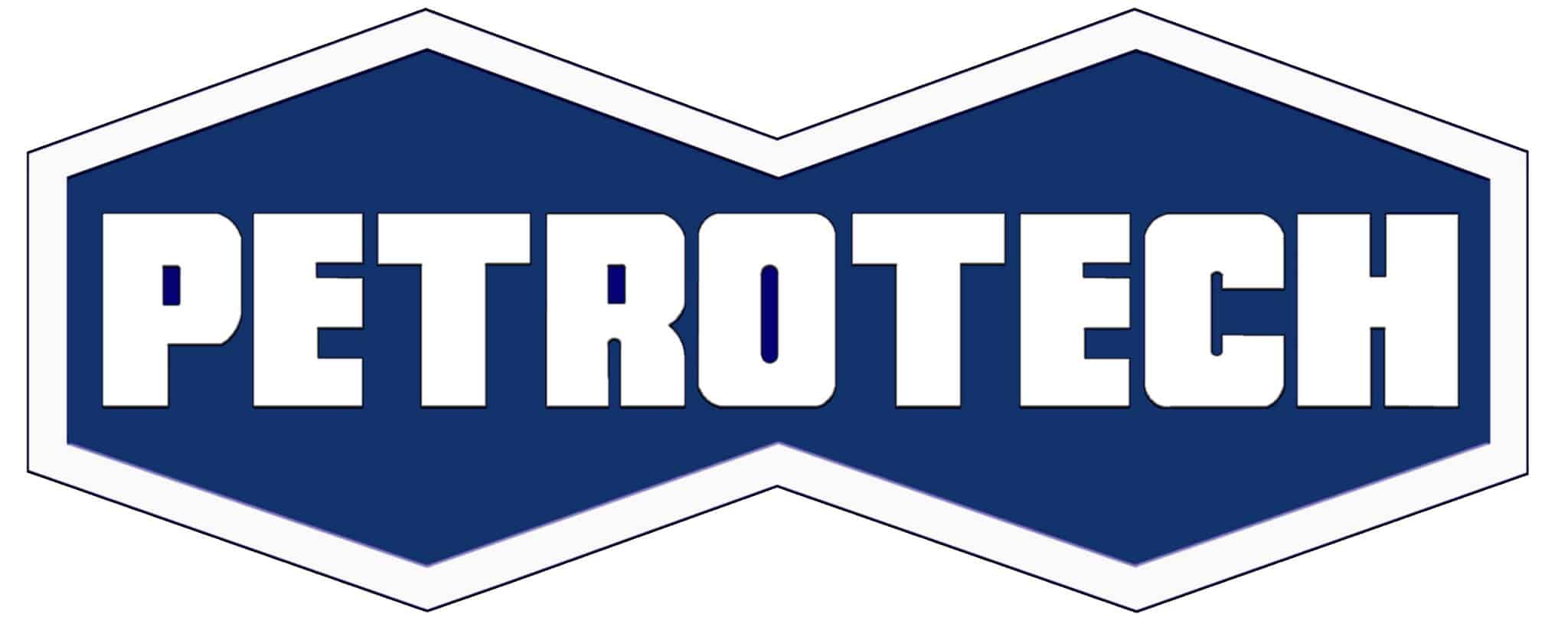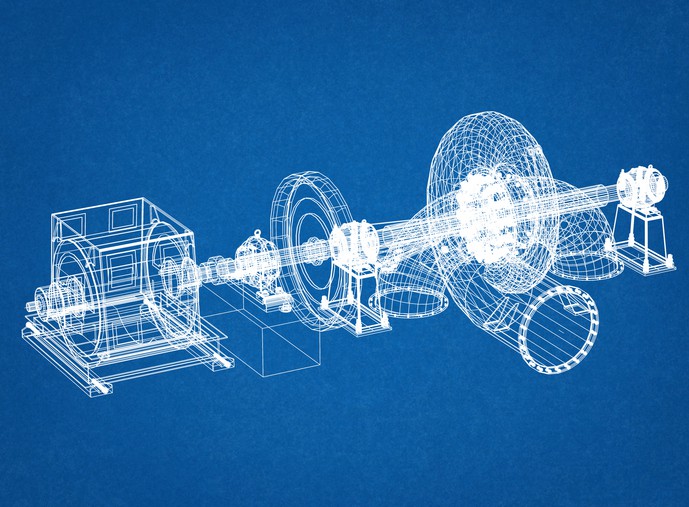
Turbine Automation
Turbine automation represents a significant leap forward in the operational efficiency, safety, and reliability of power generation systems. By integrating advanced control systems, turbines can operate with minimal human intervention, adapting in real-time to changing conditions to optimize performance. This article delves into the essence of turbine automation and examines the nuanced controls specific to the four principal types of turbines, shedding light on their unique requirements and the technological innovations driving their evolution.
Turbine Automation
Turbine automation means the use of advanced control systems and computer-aided systems to monitor, control, and optimize the operation of turbines. The goal is to automate the processes that control the turbine’s speed, power output, and other critical operational parameters. Automated systems oversee critical parameters such as temperature, pressure, and flow rate, adjusting operations instantaneously to maintain optimal performance levels. This not only minimizes the need for manual intervention but also significantly improves the turbine’s efficiency and reliability. By harnessing the power of automation, industries can ensure their turbines operate within optimal parameters, thereby reducing wear and tear and extending the lifespan of these critical assets.
Nuances of Turbine Control Systems
The intricacies of turbine control systems lie in their ability to ensure the seamless operation of turbines under varying conditions. Modern systems embody the convergence of mechanical engineering, electronics, and information technology.
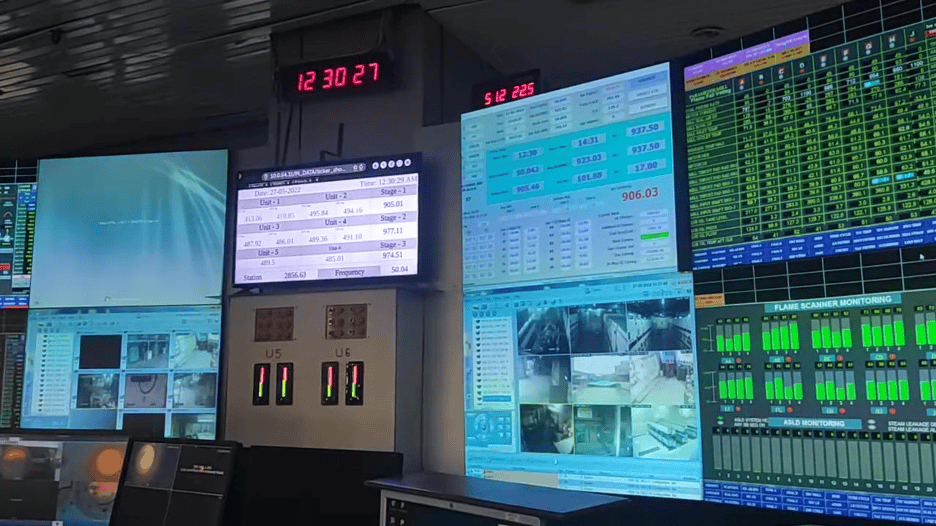
Components of Control Systems
At the heart of turbine automation are several key components, including sensors, actuators, control units, and user interfaces. Sensors constantly measuring parameters such as temperature, pressure, and flow rate. Actuators respond to commands from the control unit, adjust physical components like valves and gates to modulate the turbine’s operation. The control unit, often a sophisticated piece of software running on dedicated hardware, processes sensor data to make real-time decisions. Lastly, the user interface provides a vital link between human operators and the automated system, allowing for monitoring and manual intervention when necessary. The most common deployed user interfaces provide dedicated screens known as HMIs (Human Machine Interfaces). However, modern control systems gradually have seen greater used of non-dedicated control interfaces such as laptops and smart phones that offer the benefit of instant notification to operators.
Functionality and Adaptability
The primary function of turbine control systems is to maintain the turbine’s operation within its optimal parameters, thus maximizing efficiency and longevity. This involves a delicate balance of power output and mechanical stress, requiring a high degree of adaptability. Advanced control algorithms, leveraging techniques from artificial intelligence and machine learning, enable these systems to predict and react to changes in input conditions or demand levels. This minimizes wear and tear while optimizing performance. These algorithms allow for precise control over turbine speed, power output, and other critical operational parameters. They can adapt to changing conditions, ensuring the turbine operates at peak efficiency regardless of external variables. This adaptability is crucial in environments where input conditions (such as steam pressure for steam turbines or wind speed for wind turbines) vary widely.
Integration with Plant-wide Management Systems
Turbine control systems are not isolated entities; they often integrate into broader plant management systems. This integration enables coordinated operation across different plant components, enhancing overall plant efficiency and reliability. For example, in a power generation plant, the turbine control system can synchronize with the grid management system to adjust power output in response to demand fluctuations.
Challenges in Control System Design
Designing effective turbine control systems presents a myriad of challenges. First, the system must be robust, capable of operating reliably in harsh environments or under extreme conditions. This necessitates durable materials and fault-tolerant design principles. Secondly, control systems must be precise. Even minor deviations in parameters can lead to significant efficiency losses or safety hazards. Achieving this precision requires high-quality sensors and actuators, as well as sophisticated software capable of processing complex data in real-time.
Predictive Maintenance and Fault Diagnosis
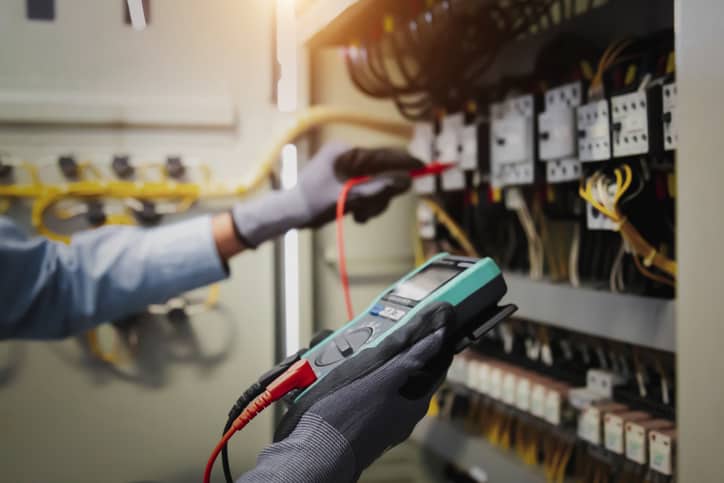
Incorporating predictive maintenance strategies, turbine control systems can forecast potential mechanical issues before they manifest, significantly reducing unplanned downtime. By analyzing trends and patterns in the data collected from sensors, the system can identify signs of wear and tear or impending failure, prompting proactive maintenance actions. Moreover, advanced diagnostic tools within these systems can pinpoint the source of a problem, facilitating quicker asset repair and reducing maintenance costs.
Evolving Technologies
Advances in technology and shifts in energy demands drive the field of turbine control systems. Emerging trends, such as renewable energy integration and the AI revolution, are shaping the development of next-generation control systems. These systems are expected to be more autonomous, energy-efficient, and capable of integrating with smart grids, marking a significant leap forward in turbine technology.
Ensuring Operational Safety
Above all, the safety of operations is paramount. Turbine control systems incorporate multiple safety features and fail-safes designed to prevent accidents. These systems continuously monitor for conditions that could lead to hazardous situations, such as overheating or excessive pressure build-up, and automatically initiate shutdown procedures if critical thresholds are exceeded.
Compliance with Standards and Regulations
Finally, turbine control systems must comply with national and international standards and regulations governing safety, emissions, and operational performance. Compliance ensures that turbines operate efficiently and adhere to environmental and safety guidelines while minimizing impact on the environment.
Understanding Controls for the Four Main Turbine Types
Each major turbine type presents unique control challenges, necessitating tailored automation solutions.
Steam Turbines
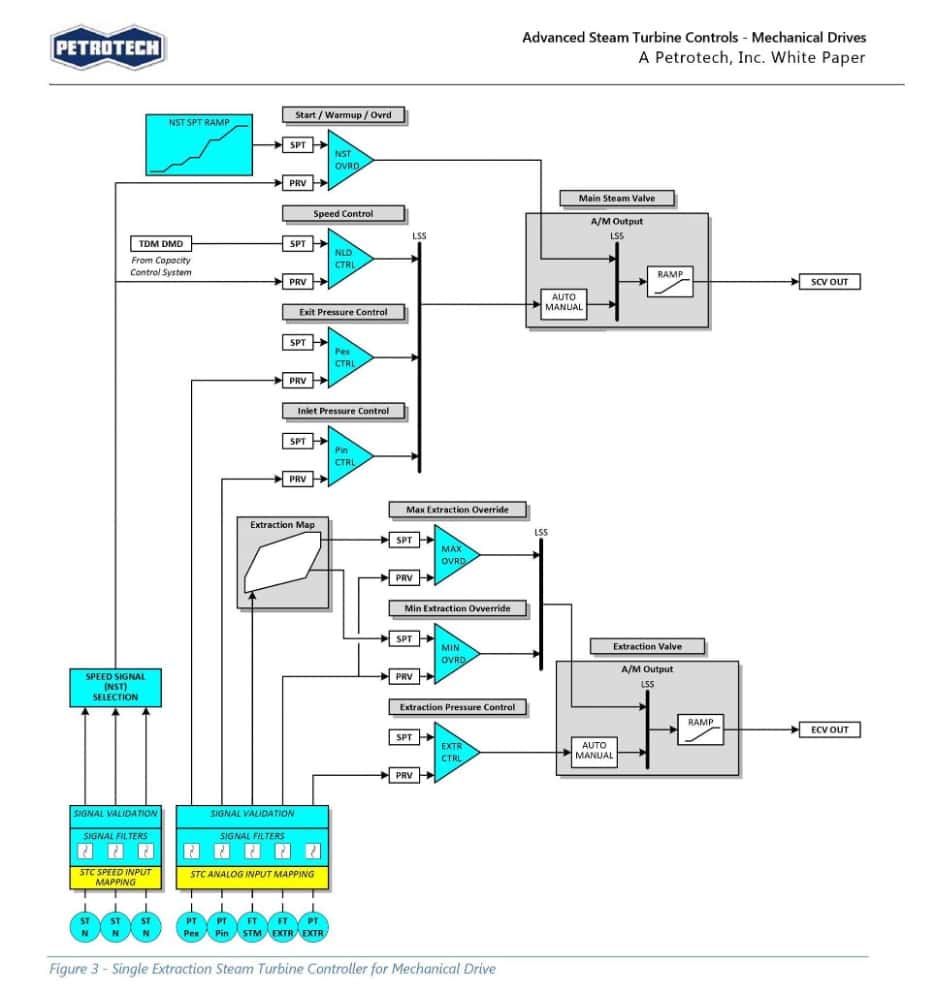
Steam turbines are widely used in power generation and industrial applications. Control systems for steam turbines focus on managing steam flow and pressure to ensure efficient energy conversion. Precise temperature controls are critical to preventing thermal stress and maintaining turbine longevity. Advanced control algorithms adjust the turbine’s operation in response to fluctuating demand and steam supply conditions, ensuring optimal performance under varying loads.
Gas Turbines
Gas turbines, integral to many power plants and aircraft, demand precise control over fuel combustion and air intake. Automation in gas turbines is centered around fuel efficiency and emission control. Real-time monitoring and control ensure the turbine operates within safe temperature and pressure limits, safeguarding against operational risks.
Wind Turbines
Wind turbine controls are designed to maximize energy capture from unpredictable wind resources. This involves adjusting blade pitch and rotor orientation to harness wind energy effectively. Sophisticated sensors and control systems continually adjust the turbine’s settings to optimize performance, contributing to the reliability and efficiency of wind power generation.
PETROTECH’S Solution to Turbine Automation
Petrotech excels in providing cutting-edge turbine automation solutions, tailored to enhance efficiency and reliability across the energy sector. Our state-of-the-art control systems are engineered to optimize the performance of turbines in oil, gas, power generation, and beyond, ensuring superior operational control and energy production optimization. With Petrotech, embrace the future of automated energy with confidence.

